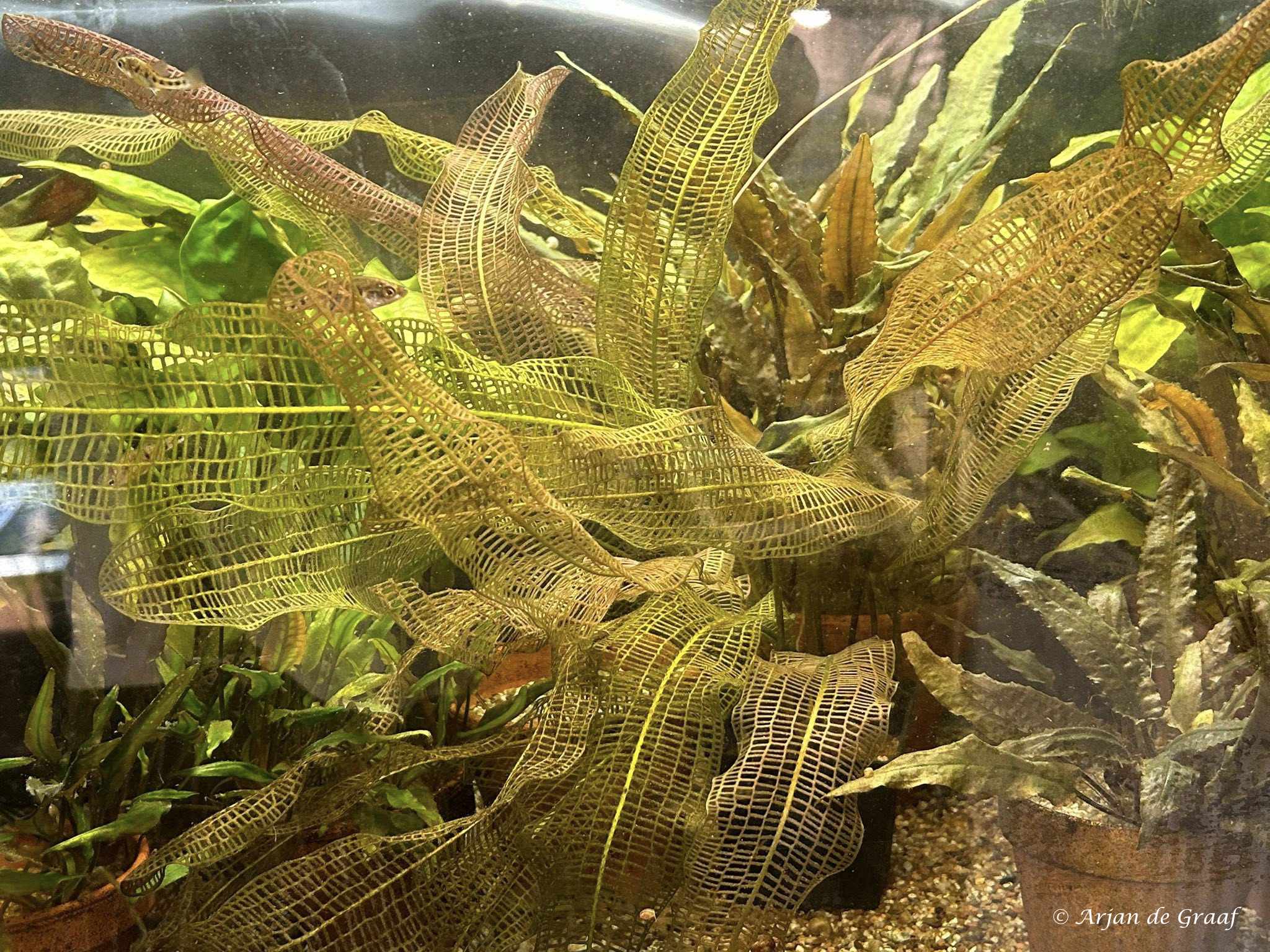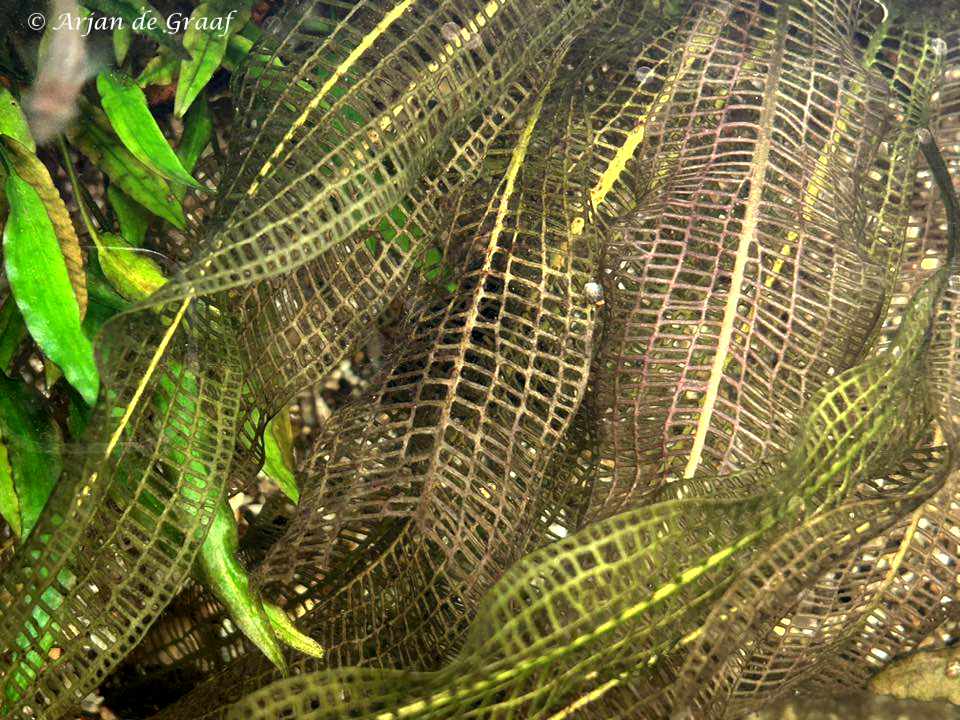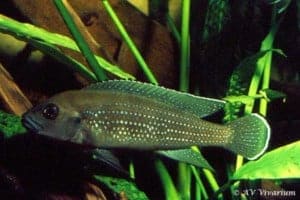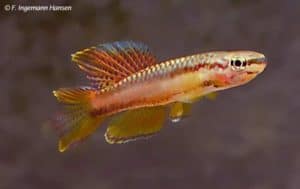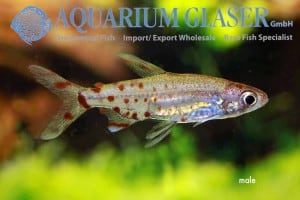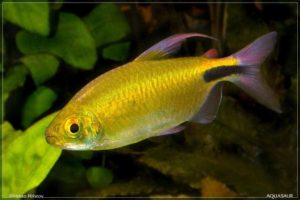Aponogeton madagascariensis – Madagascar Lace Plant
Aponogeton madagascariensis was first described in 1902 by Mirbel, originally under the name Ouviranda fenestralis. Its common name is Lace Plant, or Madagascar Lace Plant. The plant belongs to the family Aponogetonaceae, also called the Cape-pondweed family.
The genus name Aponogeton is derived from the Greek words “apo” (af) and “nogeton” (tuber), referring to the tuberous rhizome of the plant. The species name madagascariensis indicates the plant’s geographical origin: Madagascar.
Synonyms for Aponogeton madagascariensis are: A. fenestralis, A. guillotii, Hydrogeton fenestralis, Ouviranda madagascariensis.
Description
Aponogeton madagascariensis, or Madagascar Lace Plant, is a striking aquatic plant with a unique appearance. The leaves are oblong to lanceolate and are characterized by their mesh-like structure. This is due to the lack of leaf tissue between the veins, revealing a network of veins.
The leaves are bright green in color and can grow up to 55 cm long, although lengths between 25 and 50 cm are more often reported. The plant can reach a total height of 20 to 50 centimeters, depending on conditions. There are no specific patterns or markings on the leaves, except for the characteristic mesh structure. The plant can be kept in both aquariums and ponds, but the specific growth and leaf shape may vary somewhat depending on conditions. For example, in aquariums with strong currents , the leaves may be somewhat narrower than in still water.
Aponogeton madagascariensis produces flowers. The flowers are small and white, appearing on a purple flowering stem that rises above the surface of the water. The frequency of flowering depends on growing conditions; under optimal conditions the plant flowers regularly, but in less ideal conditions flowering may be less frequent or even absent.
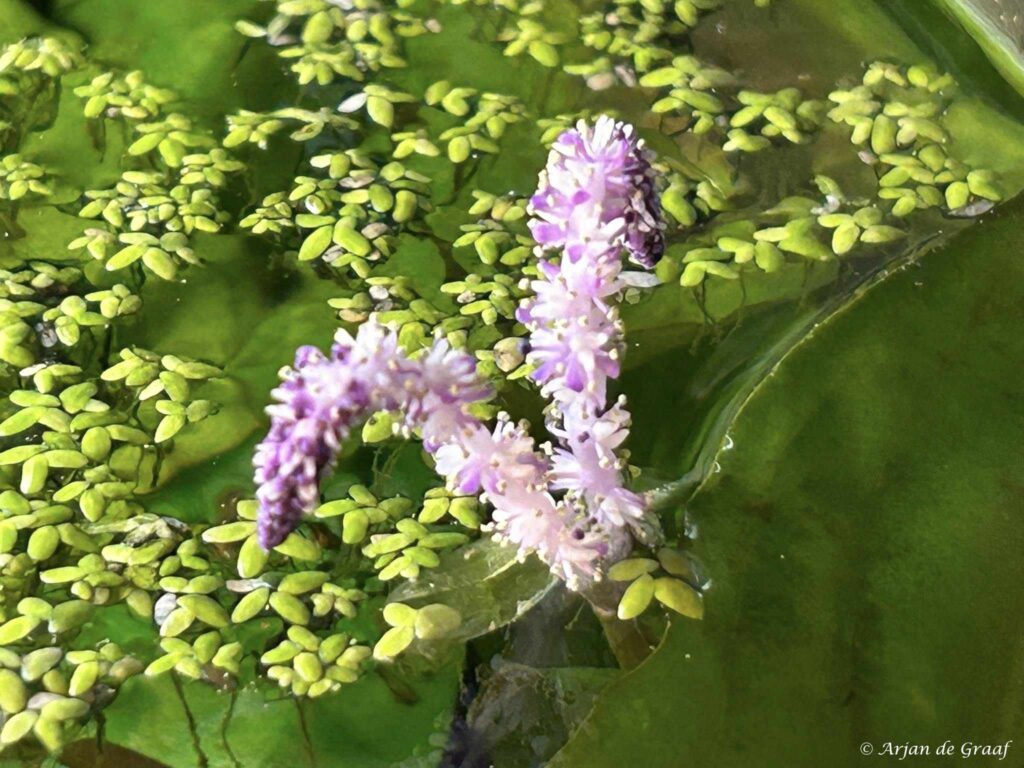
Biotope
In nature, Aponogeton madagascariensis is found in Madagascar, Mauritius and Reunion. In Madagascar the plant is found in various waters, from fast flowing rivers to still waters. I have not been able to find the exact locations within these countries, but it is clear that the plant adapts to different conditions.
The soil/substrate in the natural habitat of Aponogeton madagascariensis consists of a nutrient-rich soil. In aquaria, a nutrient-rich soil is recommended for optimal growth.
The Aquarium
For Aponogeton madagascariensis in an aquarium, soft to moderately hard water with a pH between 6 and 7.5 is ideal. Fertilization in the soil is recommended, supplemented with liquid nutrition, the plant can also absorb nutrients from the water. The plant grows both with and without CO2 addition, but CO2 promotes growth significantly. The plant requires medium to strong light, about 8-10 hours per day. The plant thrives best at a temperature between 20°C and 28°C.
Place the tuber up to a maximum of one third in the substrate. Preferably use a fine-grained substrate such as sand or fine gravel. Due to the size of the plant, it will look best in the background or as a solitary. Just make sure it gets enough room to grow its leaves.
The pond
The plant thrives best in a partially shaded environment with medium to strong water flow. Avoid sites with direct, bright sunlight, as this can lead to overheating and algae formation. Water depth depends on the size of the plant; make sure the leaves have enough room to develop without completely covering the surface of the water.
Plant the tuber of Aponogeton madagascariensis up to one-third into the substrate so that the top part of the tuber protrudes above the soil. This promotes root growth and prevents rotting. The exact depth depends on the size of the tuber and the composition of the substrate.
A nutrient-rich substrate is recommended for optimal growth. If necessary, add a slow-release plant food to the substrate at planting time. The frequency of additional fertilization depends on the nutrients in the pond water and the growth of the plant.
Aponogeton madagascariensis is not hardy and does not survive the winter in colder climates. In areas with frost, it is necessary to bring the plant indoors in winter or protect the pond from freezing.

Propagation
Aponogeton madagascariensis can be propagated in several ways:
1. Via seed: The plant produces flowers that rise above the surface of the water. After pollination, seeds form. However, collecting and sowing these seeds is not always successful, as germination is not always reliable. The seeds must be sown in a moist environment, such as on a moist substrate under a plastic film. Germination may take several weeks to months.
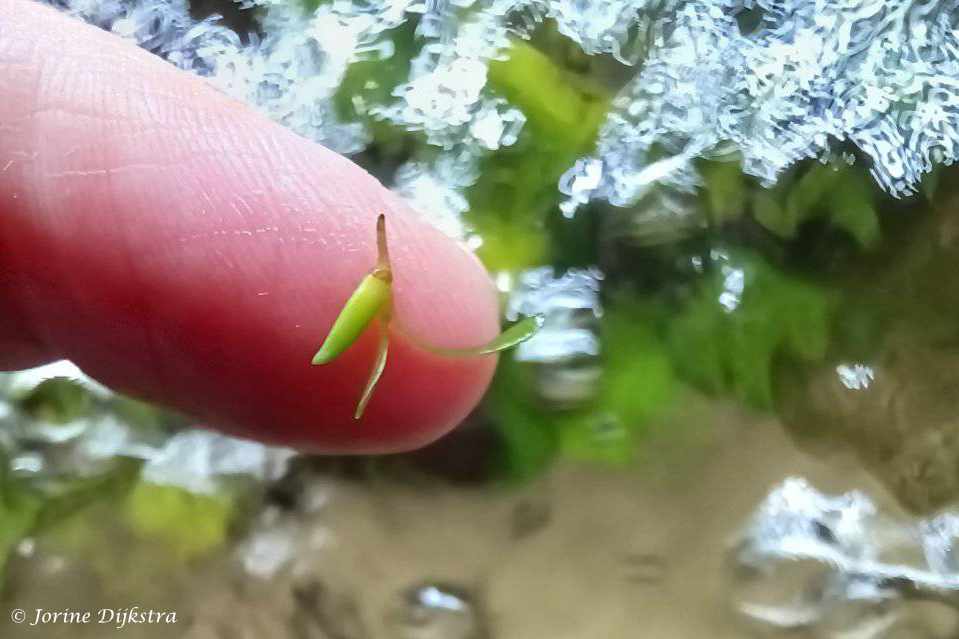
2. Via division of the tuber: This is the most reliable method of propagation. Aponogeton madagascariensis has a tuberous rhizome. This tuber, if sufficiently large, can be carefully split into smaller parts, with each part containing at least one growing point. Each part can then be planted separately in a suitable substrate. It is important to let the parts dry after splitting to avoid infections.
3. Through offshoots (side shoots): The plant can form offshoots or side shoots under favorable conditions. These offshoots, once they have developed their own root system, can be separated from the mother plant and planted separately. This is a relatively simple propagation method, but it depends on the plant whether it forms offshoots. Clipping dead leaf tips is recommended to prevent further rot .
It is important in all propagation methods to use a suitable substrate, such as nutrient-rich soil, and to maintain proper water parameters for successful growth of the new plants. The plant places high demands on water quality and soil , so ensure a stable environment.
Particularities
The documents contain several details about Aponogeton madagascariensis that were not fully covered in the previous chapters:
- Variation in leaf shape: The plant shows considerable variation in leaf shape and size, depending on growing conditions and the specific population. Some forms have smaller, more rounded openings in the leaves than others. This variation led in the past to the description of different’species’ that are now considered synonyms.
- Flowering and reproduction: The plant blooms with small, white flowers on a long flowering stalk that protrudes above the water surface . Self-pollination can occur even if the flowering stalk does not reach the water surface. The seeds have a double testa; the outer layer is loose and transparent, while the inner layer encloses the embryo. The seeds can float or sink directly, depending on the testa.
- Ecology and distribution: The plant is native to Madagascar, Mauritius and Reunion. In Madagascar, the plant was widespread but is now seriously threatened. A protection program is under way. The plant grows in a variety of water types, from fast-flowing rivers to still waters. The plant is eaten by local people. The plant has been introduced to Europe, but cultivation is difficult and the plant often dies within six months.
- Taxonomy and nomenclature: The scientific name has a complex history, with several synonyms and a change of species name from fenestralis to madagascariensis. The plant was originally described by Mirbel in 1802, but publication did not occur until later.
- Aquarium culture: The plant places high demands on water quality and soil. Regular water changes are essential. Strong light can lead to dormancy and algae formation. Nutritional capsules or substances promote growth. The plant is suitable for larger aquariums. It is recommended to remove dead leaf tops to prevent rotting .
Conclusion
Aponogeton madagascariensis, the Madagascar Lace Plant, is a visually striking aquatic plant with a unique mesh-like leaf structure. Although the plant possesses a certain charm, it does require specific conditions to thrive. It is not a plant for beginners; its high water quality, light and substrate requirements make growing it a challenge. Regular water changes, a nutrient-rich substrate and medium to strong light are essential for successful growth.
The most striking feature, of course, is its mesh-like leaf structure. Also of interest is its relatively large size and ability to flower over water. The plant can adapt to different conditions, but optimal growth requires a stable environment with closely controlled parameters. Propagation by tuberization is the most reliable method. It is important to remove dead leaf parts to prevent rotting.
Authors
Arjan de Graaf
John de Lange
Copyright images
Arjan de Graaf – Alderhandt’s Fish for Hobby
Jorine Dijkstra
Bibliografie
- Wikipedia page on Aponogeton madagascariensis. Accessed June 20 , 2025.
- Manjato, N., Rakotonirina, N. & Phillipson, P. 2020. Aponogeton madagascariensis (modified version of the 2017 assessment ). The 2020 IUCN Red List of Threatened Species: e.T88495173A177456553. Accessed June 20 , 2025.
- Plants of the World Online. Royal Botanic Gardens, Kew. Accessed June 20 , 2025.
- Chisholm, Hugh, ed. (1911). “Lattice Leaf Plant”. Encyclopædia Britannica. Vol. 16 (11th ed.). Cambridge University Press. p. 275.
- Bruggen, H. W. E. van (1968) “Revision of the genus Aponogeton (Aponogetonaceae) 1. The species of Madagascar” Blumea 16:249–250.
- Bridges, H. W. E. van (1985). “Monograph of the genus Aponogeton (Aponogetonaceae)”. Bibliotheca Botanica. 33 (137). Stuttgart: E. Schweizerbart’sche Verlagsbuchhandlung. Accessed June 20 , 2025.
- Tropica: Aponogeton madagascariensis.
- Huxley, A., ed. (1992). New RHS Dictionary of Gardening. Macmillan.
- Aquabase: Aponogeton madagascariensis (in French ). Archived September 29 , 2011.
- Hiscock, P. (2003). Encyclopedia of Aquarium Plants. Interpret Publishing, Verenigde Staten en Canada.
- Wikisource text from the Encyclopedia Americana article “Latticeleaf” from 1920.
- Various websites with information on Aponogeton madagascariensis, including The Krib, Tropica, Age of Aquariums, and photos in the wild. (various archival dates).
- Information from various websites and databases such as Wikidata, Wikispecies, APDB, BOLD, CoL, EoL, EPPO, GBIF, GRIN, iNaturalist, IPNI, ISC, IUCN, NCBI, Open Tree of Life, The Plant List, and POWO.
